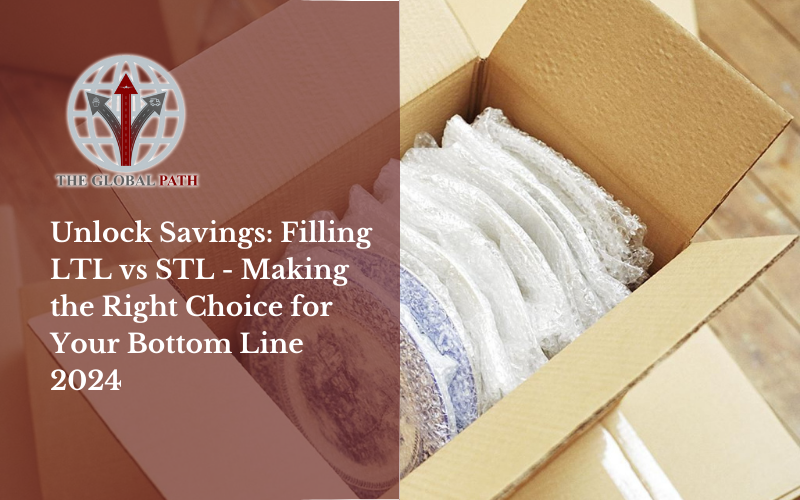Though packing can be difficult, getting ready to move into a new house can bring feelings of excitement and happiness. It can be intimidating to know where to start, what to pack, and which room to start with. How to pack for a relocation can be answered and the process can be less stressful if you start with a week-by-week packing checklist.
Make sure you have the necessary moving supplies before you pack.
To keep organized, think about creating a packing checklist before you start packing. When you get ready for moving day, these things can easily turn into packing necessities.
- Containers. When it comes to packing, these are the top priorities. Keeping your home’s belongings in a range of sizes might help with organization.
- Video. Strong glue is useful for sealing boxes, securing bubble wrap over delicate objects, and making sure your household goods are stored securely.
- Multipurpose blade/cutlery. Many materials can be sliced with utility knives. When building objects, the ability to cut cleanly through tape and other materials can help reduce aggravation.
- Permanent marker. It’s crucial to label boxes. It is important that you remember exactly what was placed in each box. Label boxes with permanent markers so you can quickly prioritize unpacking by room.
- Plastic containers. These are useful for keeping non-perishable food items and for handling smaller objects like utensils.
- Tablecloths. Additional padding for breakable things, such as mirrors, can be achieved by using blankets.
- Newspaper or bubble wrap. When carrying kitchenware like cups and dishes, bubble wrap or newspaper can be useful, just like utilizing blankets.
- .Handcart. Lifting large objects and cartons can be made easier by using a handcart. By doing this, the risk of bodily harm from lifting large boxes will be reduced.
General advice for packing and moving
When packing for a relocation, preparation and organization are crucial. Arrange things according to room, shared use, or schedule that you intend to follow. The following advice can assist you in getting going.
- Start with supplies you won’t require immediately. To avoid living out of boxes and having to constantly repack, start by packing the things you don’t use frequently.
- Sort and group related items together. Pack related objects together according to room or purpose to stay organized.
- Store necessities in separate containers for easy access. Nobody wants to spend time searching through boxes for essential stuff. Confusion may be avoided by placing items like flashlights and first aid supplies in the same box.
- Mark every box with the room and contents within. Packing will be easier if boxes are labelled with the room and contents. It is possible to unload boxes straight into the appropriate rooms.
- Sort the boxes by colour by room. Packing can be done in an organized manner if each room has a colour scheme.
- Give yourself a lot of time to prepare. It’s usually advisable to allow yourself a little more time than you anticipate for packing and organizing. A smart method to make sure you allow yourself enough time is to create a packing timetable before moving.
- First, load heavier objects, appliances, and furniture. This makes it easier to unload by creating more space for the smaller things at the truck door.
Organizing a home workspace
You may have a lot of critical documents and stuff in your home office. It matters a lot how you package your documents, electronics, and other stationery.
- Do not overpack crates.
- If you are disassembling electronics, think about color-coding the cables.
- All of your vital documents should be kept close to you in a safe place.
- Before disassembling electronics, take a picture of them so you can correctly reassemble them after you’ve moved.
Putting away garage goods and outdoor furnishings
While packing for a move, don’t forget to factor in how to pack any outdoor furniture and items stored in your garage.
- Before relocating, take out any propane tanks, charcoal, or burned wood from barbecues, fire pits, and heaters.
- Declutter and disassemble furniture to make moving easier.
- Pack the tools you might need for moving last and set aside your toolbox.
- For safety, keep any sharp objects covered with cardboard, towels, or their original carrying container.
- Lightbulbs that are no longer in use can be recycled.
Stocking a pantry or kitchen
The kitchen is the gathering spot for your loved ones. It could appear most convenient to pack everything into a box in order to expedite the process of getting ready for a move. However, given the other advice below, taking good care of your energy-efficient kitchen equipment and packing them appropriately could save you a headache.
- Give as much food as you can, and to prevent spills and messes, throw away any open packets.
- Prior to packing, make sure all kitchen appliances—coffee maker, toaster, blender, etc.—are empty and clean. Place the cords inside the appliance after wrapping them in a plastic bag.
- If you have them, pack appliances in their original boxes.
- Every breakable object needs to be kept in a box marked “FRAGILE.”
- To stack smaller plates and keep them from shattering on the journey, use bubble wrap.
Furnishing a dining room
When packing your dining area, breakable goods could require additional care and attention to detail.
- Use newspaper, kitchen towels, cardboard, and/or linens to line crates and act as China and plate bumpers.
- Use rope or plastic ties to fasten the rolled-up carpets.
Stuffing a family or living room
The following advice will help you pack your living room or family room, from your smart TV to mirrors and family photos.
- Light bulbs and shades should be taken out of lamps and chandeliers and wrapped individually.
- During your move, carry any priceless pictures or movies you may have; hot and muggy weather might damage photo paper.
- Wrap artworks and mirrors with blankets and towels. If a mirror or large framed picture breaks, reduce the amount of glass that spills by covering the glass with a masking tape ‘X’.
- Use the original boxes and packing if you have them to repack any equipment, including televisions.
Furnishing a bedroom
The following advice will help you get organized while packing up a bedroom and keep you on task during your move.
- Clothes should be hung up and then put straight into boxes or other moving containers.
- Jewels and other valuables should be stored in a safe case or box. Don’t put these in the moving truck; carry them with you.
- To prevent thin necklaces from becoming tangled, thread them through toilet paper rolls or drinking straws. To keep your earrings together, use buttons.
- Packing can be expedited by placing loose items in suitcases or luggage.
- If available, shoes can be stored in their original boxes or placed inside larger boxes.
- During the transfer, cover mattresses and furniture with old blankets and sheets.
Preparing a restroom
When packing, the restroom is one area that sometimes gets overlooked. Starting with the following advice can be a smart idea.
- Make an effort to pack your toiletries last.
- Verify that every toiletry in the plastic bags is closed and won’t leak.
- Label the package appropriately and pack any drugs apart.









